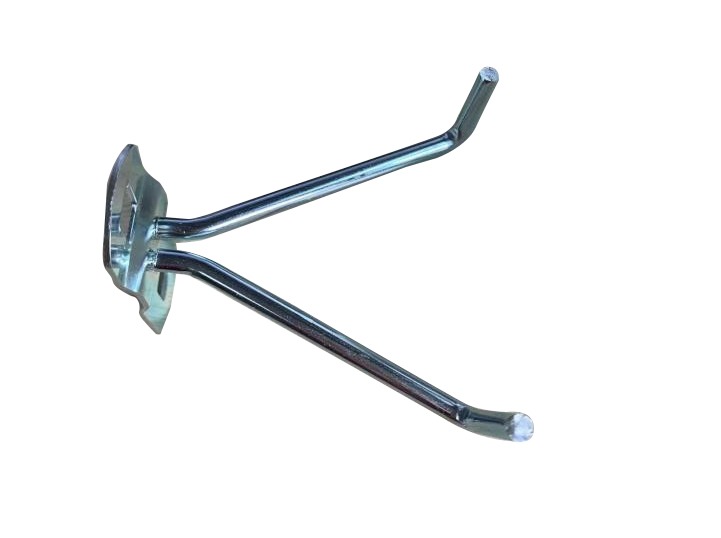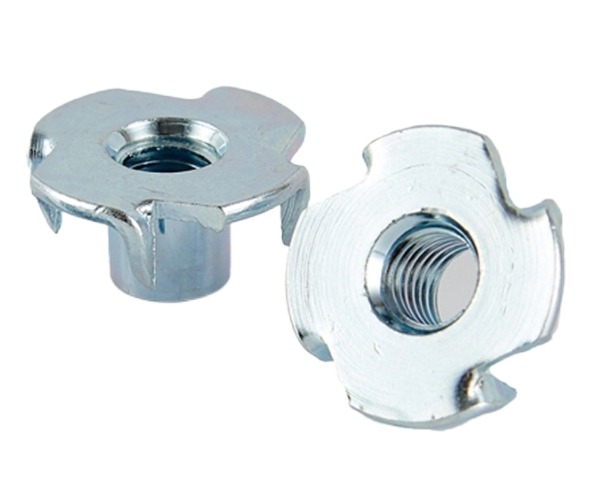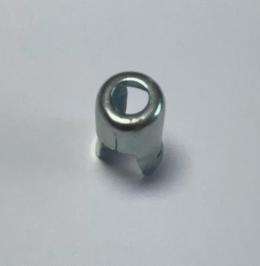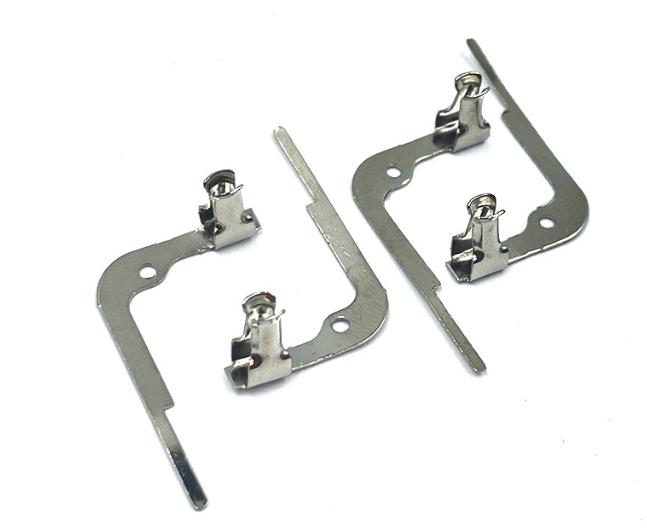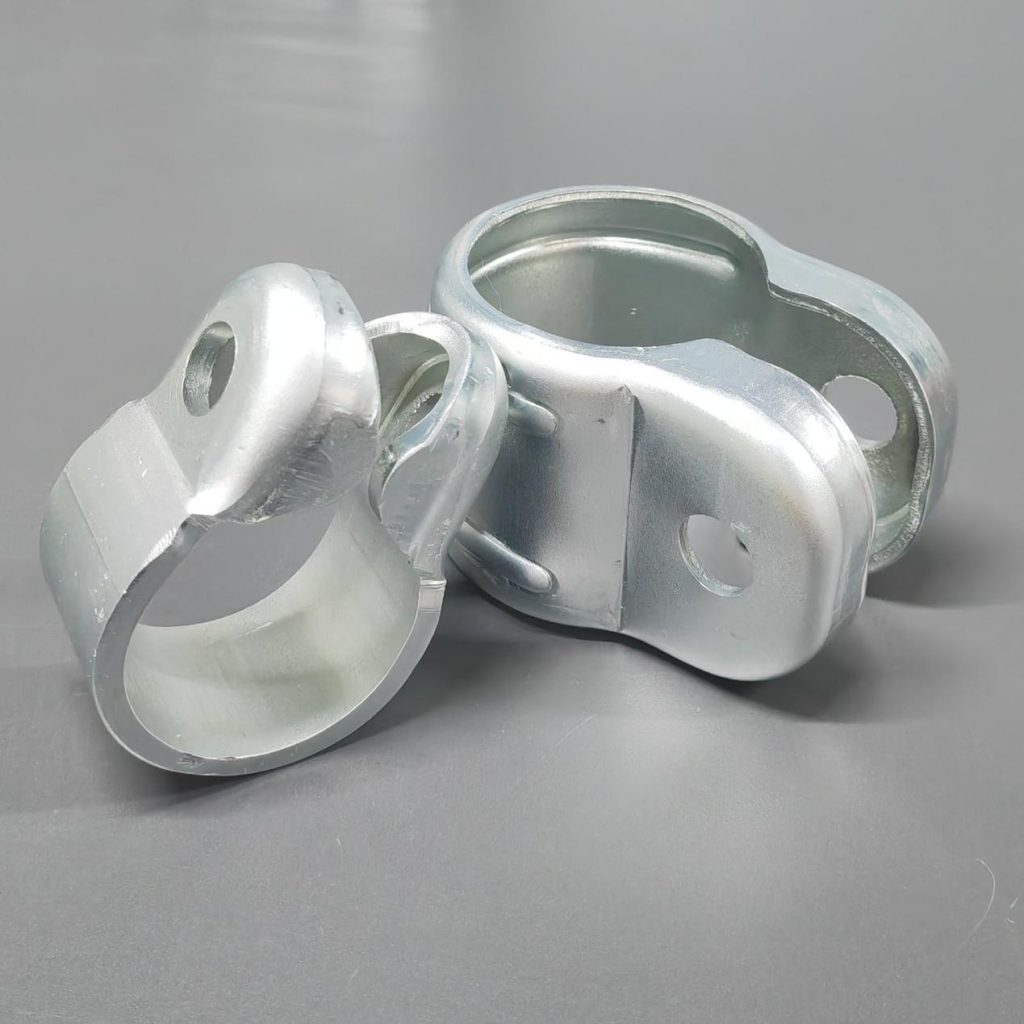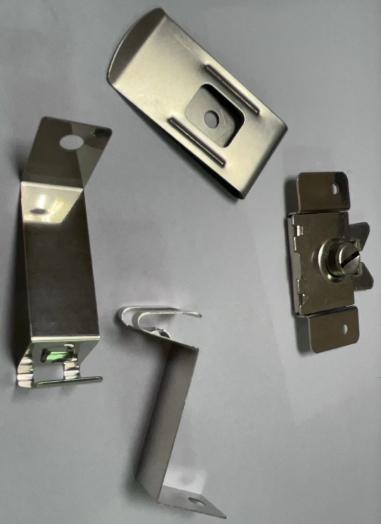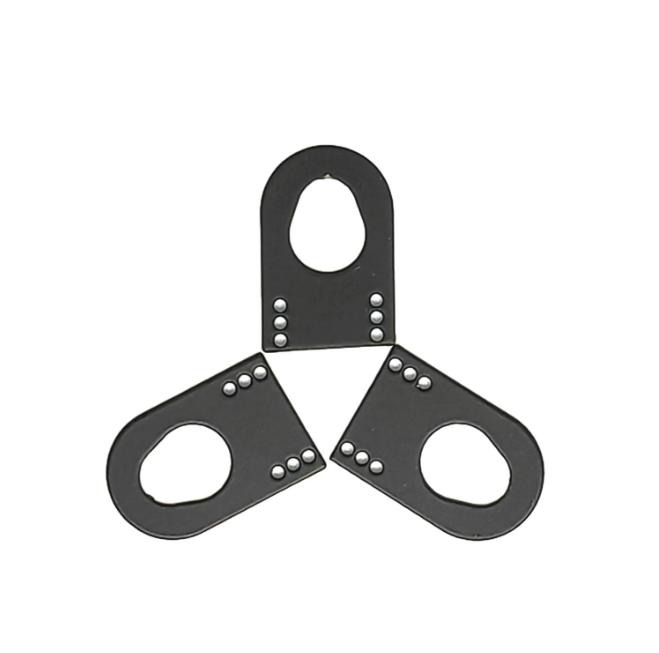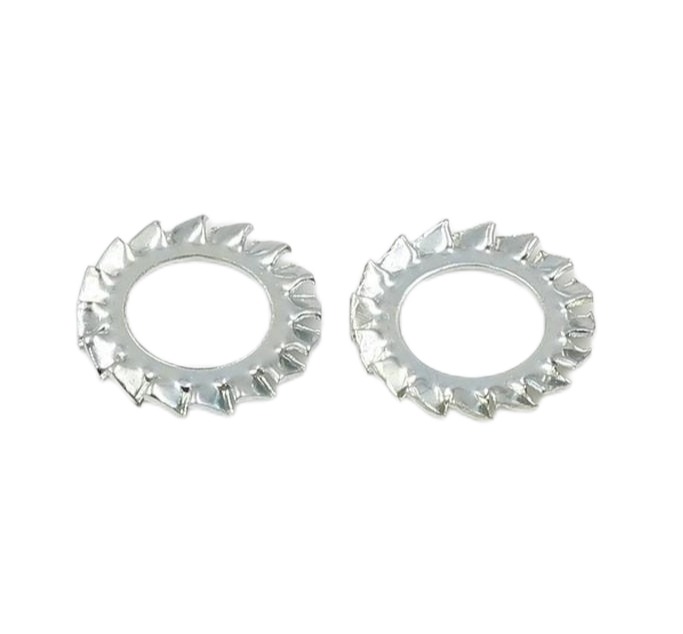The Intricacies of Metal Stamping Parts: From Craft to Quality Control
Metal stamping parts have become an integral part of our modern world, silently infiltrating every facet of our daily lives. From the intricate components within our smartphones to the sturdy frames of our automobiles, these precisely formed parts are a testament to the power of metal stamping technology. This article delves into the world of metal stamping, exploring its craftsmanship, advantages, and solutions to address processing deficiencies.
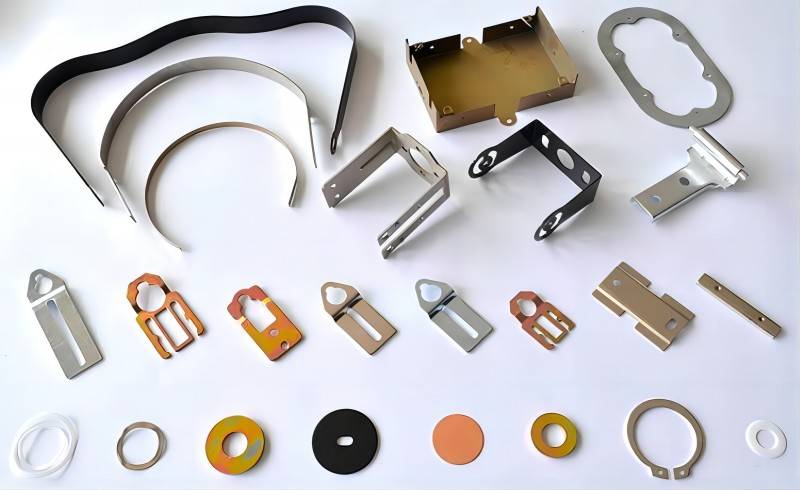
Understanding Metal Stamping
Metal stamping is a manufacturing process that utilizes specially designed tools called dies to shape flat sheet metal into predetermined forms. This process involves applying external force to the metal blank, causing it to deform or separate according to the die’s design. The resulting metal pieces boast specific dimensions, shapes, and properties, making them ideal for a vast array of applications.
Selecting the optimal stamping process hinges on three crucial factors: advanced technology, economic feasibility, and safe and reliable operations. Additionally, the existing equipment and personnel expertise must be factored in to ensure a smooth and efficient production process.
Advantages of Metal Stamping
Metal stamping offers a plethora of advantages that have cemented its position as a dominant force in the manufacturing landscape. Here’s a closer look at some of its key benefits:
- Simplified Assembly and Maintenance: Metal stamping parts are designed with ease of assembly and maintenance in mind. This translates to reduced time and effort required for putting together finished products and performing any necessary maintenance procedures.
- Simple Shapes, Streamlined Production: The inherent simplicity of shapes and rational structures associated with metal stamping parts simplifies mold production. This streamlined approach translates to faster turnaround times and potentially lower production costs.
- Resource Efficiency: Metal stamping processes prioritize the utilization of existing materials, equipment, and processes whenever possible. This not only reduces waste but also minimizes the need for extensive investments in new resources.
- Material Optimization: Metal stamping excels at maximizing the utilization of metal materials. By creating parts with minimal material waste, this process reduces the variety and specifications of materials required, leading to potentially lower procurement costs.
- Interchangeability and Reduced Scrap: Metal stamping fosters the interchangeability of parts, ensuring consistent quality and function. Additionally, this process minimizes scrap production, leading to a more sustainable and cost-effective manufacturing approach.
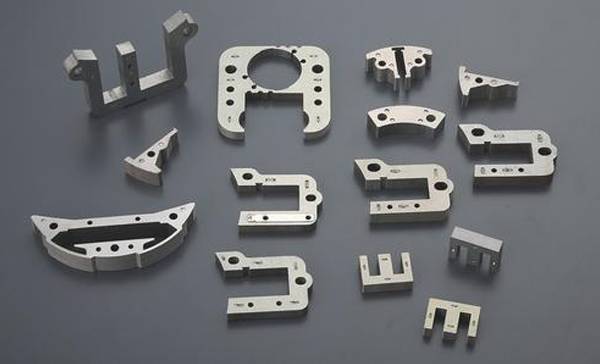
Addressing Processing Deficiencies and Solutions for Metal Stamping Parts
Despite its numerous advantages, metal stamping can encounter processing deficiencies. Here’s how to effectively address these challenges and achieve high-quality parts:
- Confronting Deformation: Metal stamping can cause deformation in the workpiece. To address this, it’s crucial to determine the necessary deformation compensation based on the material properties and the product’s structure. Subsequently, dies can be designed to incorporate this compensation, ensuring the creation of flawlessly finished or semi-finished products. Finally, these semi-finished products can be further processed into their final form.
- Combating Defective Phenomena: Wrinkles, scratches, unevenness, deformities, and cracks are some of the common defects encountered in metal stamping. Thread machining plays a vital role in addressing these issues. Internal threads are created using appropriate taps, while external threads are machined within the designated outer limits. Stringent quality control measures are implemented to assess thread quality, focusing on factors such as dimensional uniformity and the absence of thread disorder. Materials used for thread machining typically consist of metals or non-metals with low resistance to deformation and good plasticity.
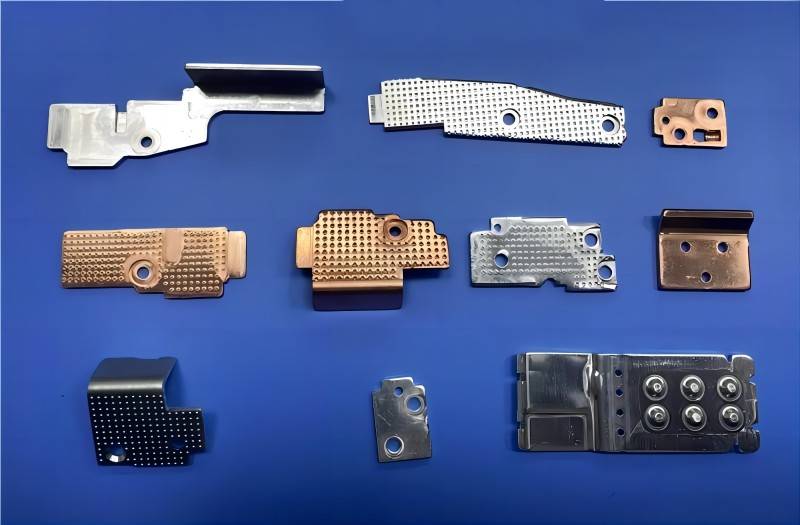
Thread Machining: Creating Precise Internal and External Threads
Thread machining is a common requirement for many metal stamped parts. Internal threads are typically machined using taps of appropriate size and thread profile. For external threads, the machining process continues within the outer limits of the part until the designated thread diameter is achieved. Stringent quality control measures ensure that the finished threads meet the required specifications, with factors like thread consistency and dimensional accuracy being closely monitored. Materials used for threading are typically metals or non-metals with low resistance to deformation and good plastic deformation characteristics.
What Makes Material Deformation?
Metal stamping relies on the plastic deformation properties of the material being used. The stretching process itself can be broken down into three distinct stages:
- Uniform Elongation: In the initial stage, the material experiences ideal lengthwise deformation. This translates to a uniform thinning of the material and a good surface finish on the stamped part.
- Local Elongation: As the process progresses, the material approaches its elongation limit. This leads to rapid and intense deformation in localized areas, resulting in a noticeable roughening of the surface, often resembling an orange peel texture.
- Cracking: In the final stage, the material’s surface becomes significantly rougher with increased necking (localized thinning) and a grayish-white color. Careful monitoring of thickness measurements is crucial at this stage, as areas prone to cracking require special attention and management techniques. Here are some strategies to address cracking:
- Material Selection: Choosing a material with a higher elongation limit can help delay the onset of cracking. Additionally, materials with a finer grain structure tend to exhibit better resistance to cracking compared to those with coarser grains.
- Blank Optimization: Optimizing the blank size and shape can minimize stress concentrations in areas where cracking is more likely to occur. Advanced software simulations can be employed to predict potential stress points and guide blank design accordingly.
- Process Parameter Adjustment: Adjusting process parameters like pressure, stamping speed, and lubrication can influence the severity of cracking. Reducing stamping pressure and increasing lubrication can help manage deformation forces and minimize stress concentrations.
- Die Design Considerations: Die design plays a crucial role in preventing cracks. Factors like corner radius, clearance between punch and die, and drawing angles all need careful consideration. Smoother corner radii on the die can distribute stress more evenly, reducing the risk of localized cracking. Maintaining proper clearance between the punch and die ensures smooth material flow and minimizes unnecessary stress points. Additionally, optimizing drawing angles can control the flow of material during the stamping process, preventing excessive thinning and cracking.
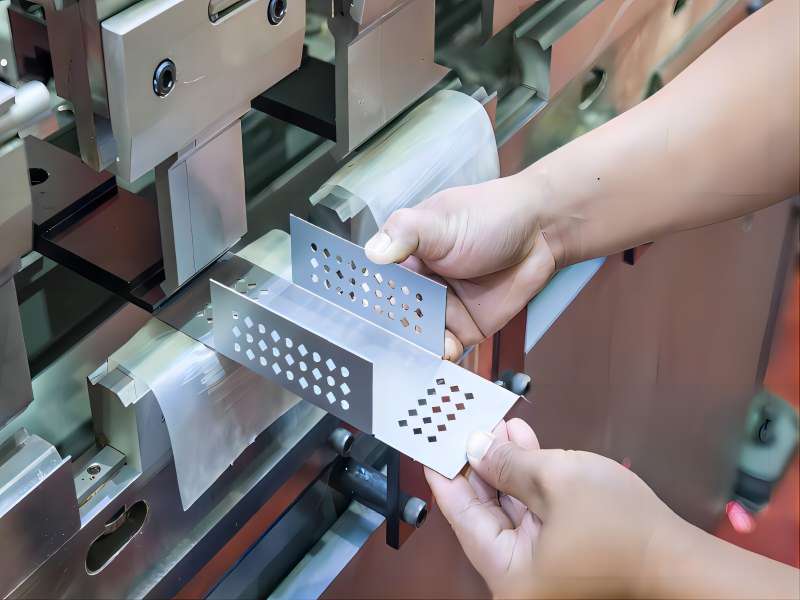
Conclusion
Metal stamping is a cornerstone of modern manufacturing, enabling the creation of a vast array of functional and versatile parts. By understanding the core principles, advantages, and potential challenges associated with this process, manufacturers can achieve high-quality production and ensure the continued success of this vital technology. Continuous improvement through material selection, process optimization, and innovative die design paves the way for the future of metal stamping, guaranteeing the creation of high-quality parts for generations to come.

